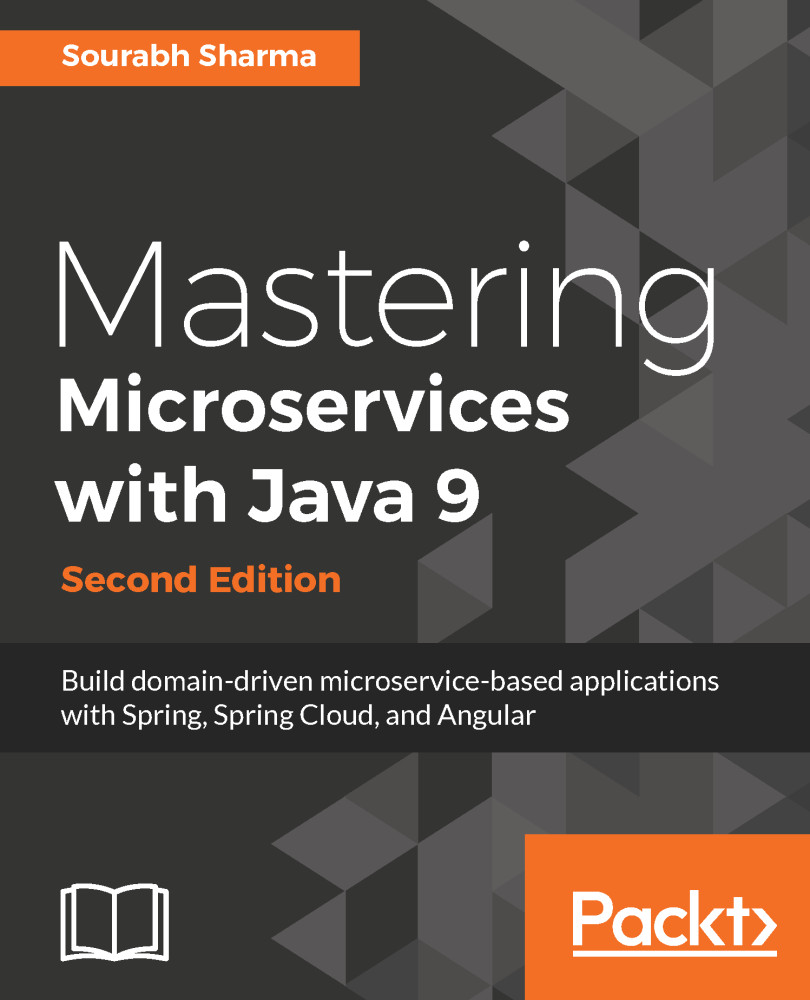In this book, you will find a number of text styles that distinguish between different kinds of information. Here are some examples of these styles and an explanation of their meaning.
Code words in text, database table names, folder names, filenames, file extensions, pathnames, dummy URLs, user input, and Twitter handles are shown as follows: "The produceBookingOrderEvent method is added, which takes the booking object."
A block of code is set as follows:
angular.module('otrsApp.restaurants', [
'ui.router',
'ui.bootstrap',
'ngStorage',
'ngResource'
])
Any command-line input or output is written as follows:
npm install --no-optional gulp
New terms and important words are shown in bold. Words that you see on the screen, for example, in menus or dialog boxes, appear in the text like this: "On the Tools dialog, select Create package.json, Create bower.json, and Create gulpfile.js."


